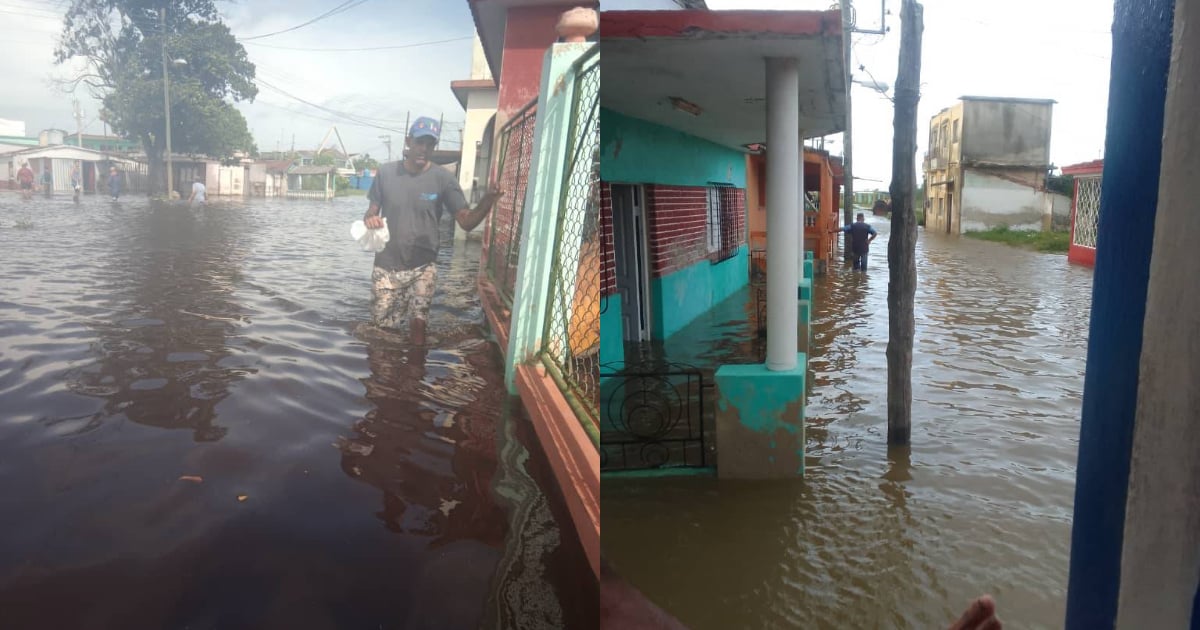Hurricane Helene has caused severe flooding in the streets and homes of Batabanó, Melena del Sur, and San Nicolás, all located in the province of Mayabeque. The extent of the damage was revealed through images shared on Facebook by Yuniasky Crespo Baquero, the first secretary of the Communist Party of Cuba in the area.
Before the hurricane's arrival, provincial authorities had established a Temporary Working Group based in Mayabeque, tasked with "safeguarding" residents of these vulnerable coastal towns. Despite their efforts, familiar scenes of flooding reoccurred. Additionally, orders were given to dock the vessels of the Surgidero de Batabanó Fishing Company, as reported by the state-run Diario de Mayabeque.
Hurricane Helene's Path and Impact
As of Thursday morning, Hurricane Helene had intensified to a Category 2 on the Saffir-Simpson scale and began its approach towards Florida's coast. The hurricane’s impact was strongly felt on Wednesday in Mexico's Yucatán Peninsula and the western part of Cuba. By Thursday, the southeastern region of Cape Coral, Florida, experienced severe winds, likely linked to a tornado, as a result of Helene's outer bands. On its trajectory towards Florida, Helene escalated to a Category 3 hurricane. Flood warnings have also been extended to Georgia.
Health Concerns Amidst Flooding
The flooding brought by Hurricane Helene exacerbates the already precarious health situation in Mayabeque. According to Francisco Durán, the national director of Hygiene and Epidemiology, the province is among the most at risk for dengue and Oropuche viruses. These diseases have been particularly active in the past week in Pinar del Río, Cienfuegos, and Villa Clara.
This marks the second time a hurricane has been named Helene. In 2018, another tropical cyclone, also a Category 2, bore the same name. The previous Helene was notable for being one of the few tropical systems to approach Europe, impacting Portugal, Spain, France, and the United Kingdom.
